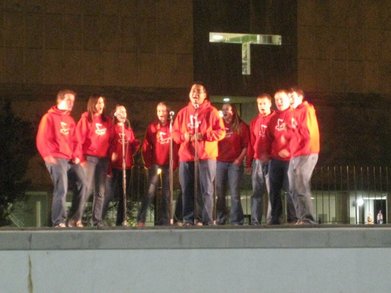

Jack Kirby: pencils, Mike Royer: inks and letters. Anyway, forget that poly-bagging nonsense: with more than 100 generously-sized art images and twenty smart, diverse, and enlightening texts, it’s really meant to be savored and shared at comics conventions and on coffee tables by all enthusiasts of work by the hyperbolically monikered “King of Comics.”ĭemon #6, 1973. Brower mentioned it in his piece as “sure to become a collector’s item,” although he hadn’t yet seen it.

It’s part full-color catalog, part compilation of essays, and all handsomely designed. In any event, after their talk they’ll be available to sign the hot-off-the-press Comic Book Apocalypse book to which they contributed. Hatfield also tells me there might be a surprise speaker or two. That’s when you’ll also hear a Kirby panel discussion with art critic Doug Harvey, painter Steve Roden, scholar Ben Saunders, and cultural theorist Scott Bukatman. However, the smartest strategy is to show up this coming Saturday, September 26th at 1pm.
Dooley noted or duly noted free#
The show is free and open until October 10th. Interactive displays and vitrines of comic books are also part of the visual experience. Jack Kirby: pencils, Mike Royer: inks and letters.Ĭomic Book Apocalypse has more than 100 original art boards on display, from Kirby’s early Captain America and Young Romance through his Silver Age covers and pages for X-Men, Fantastic Four, and so on, to the Silver Surfer and Kamandi from after relocating from New York to the San Fernando Valley, not far from the gallery. As for us Southern Californians who’ve lived through the 1994 quake as well as the jam-packed opening reception - photos below - I’m delighted to see fewer acts of God in Northridge these days and more acts of the show’s curator, CSUN Professor Charles Hatfield.ĭevil Dinosaur #4, 1978. The opening of Comic Book Apocalypse: The Graphic World of Jack Kirby at Cal State Northridge Art Galleries was duly noted in Brower’s column last month, the latest in his cottage industry of Kirby features also see here, here, and here. Print’s Steven Brower covered Los Angeles’s apocalypse from the safety of the East Coast, but I experienced it firsthand.


 0 kommentar(er)
0 kommentar(er)
